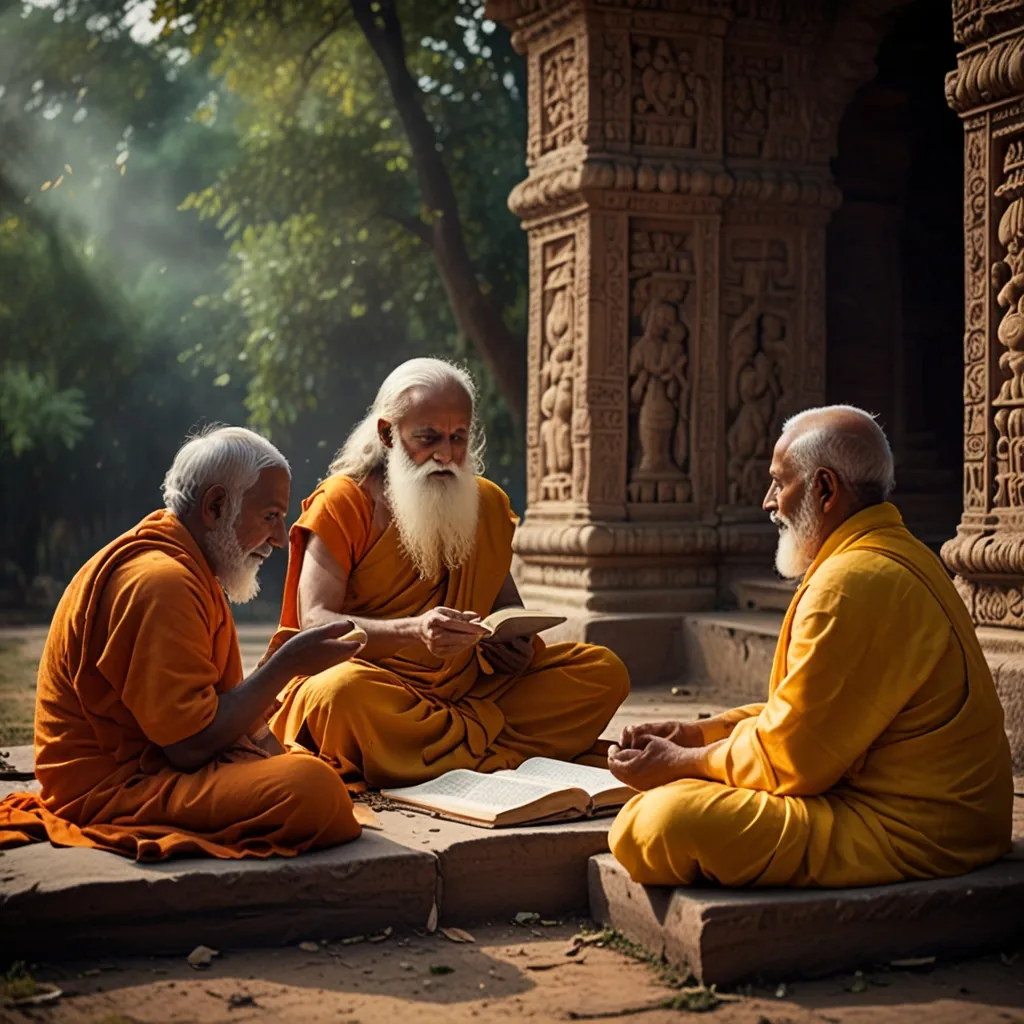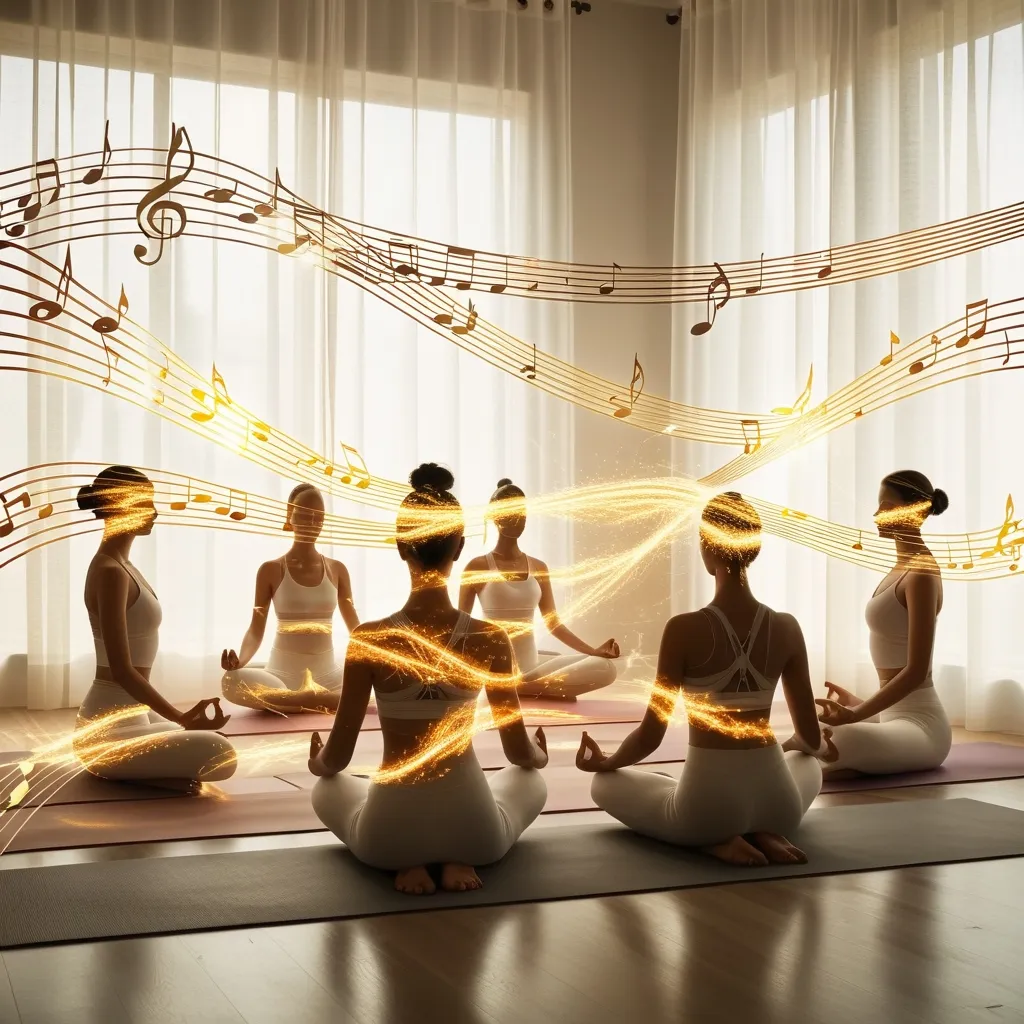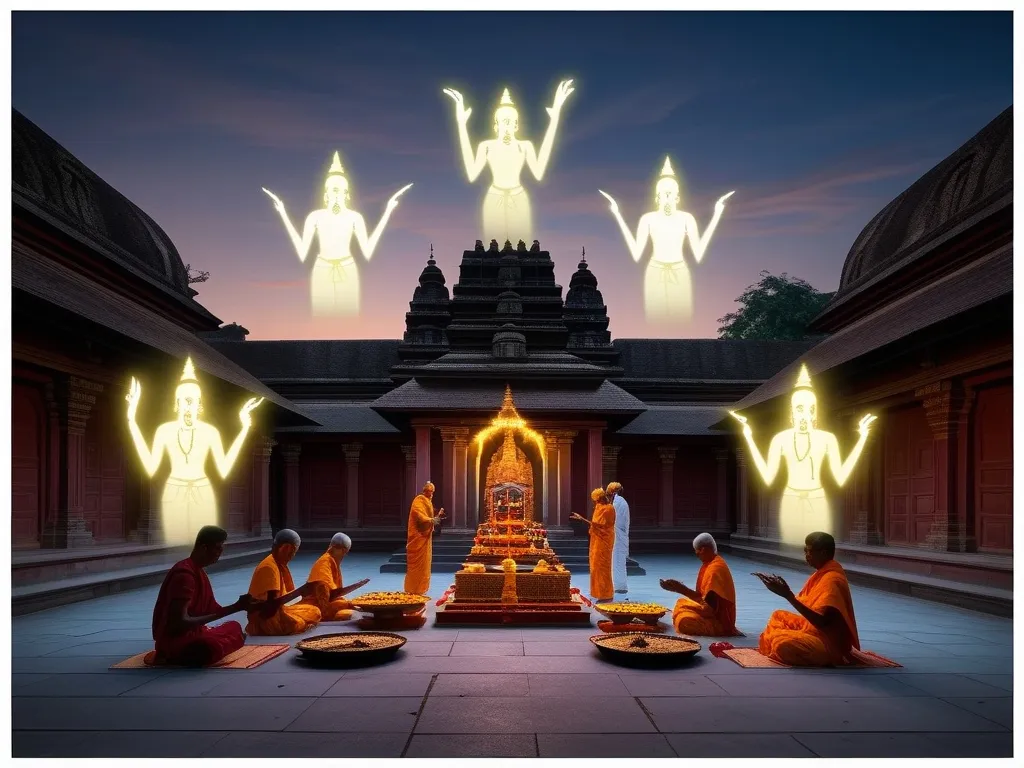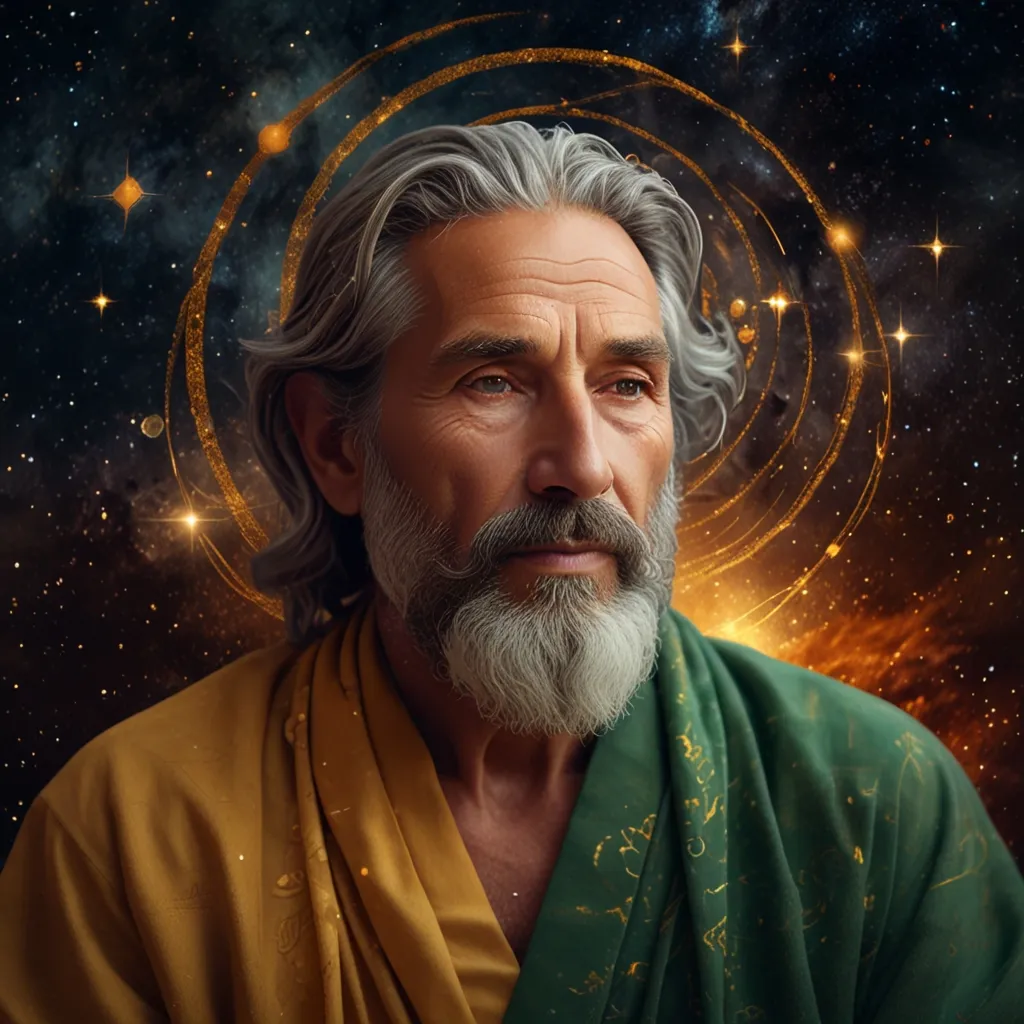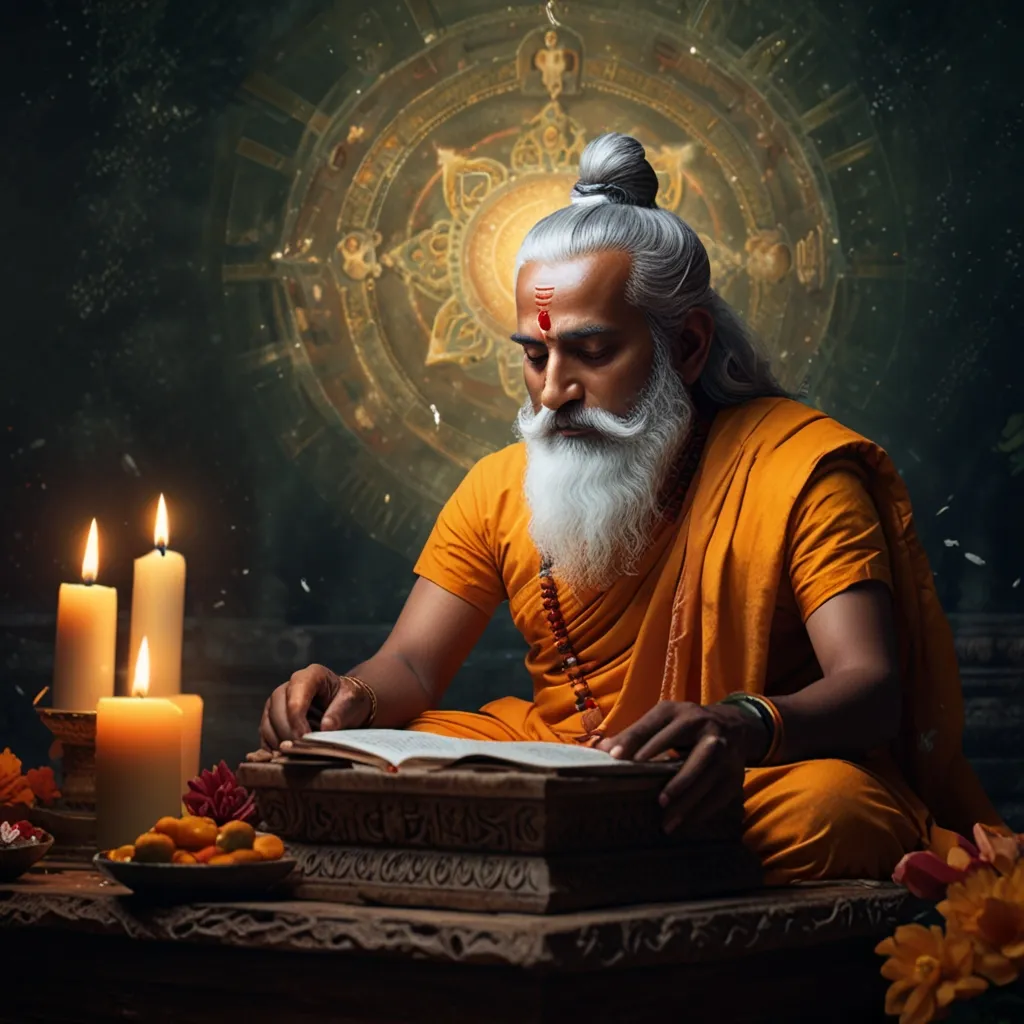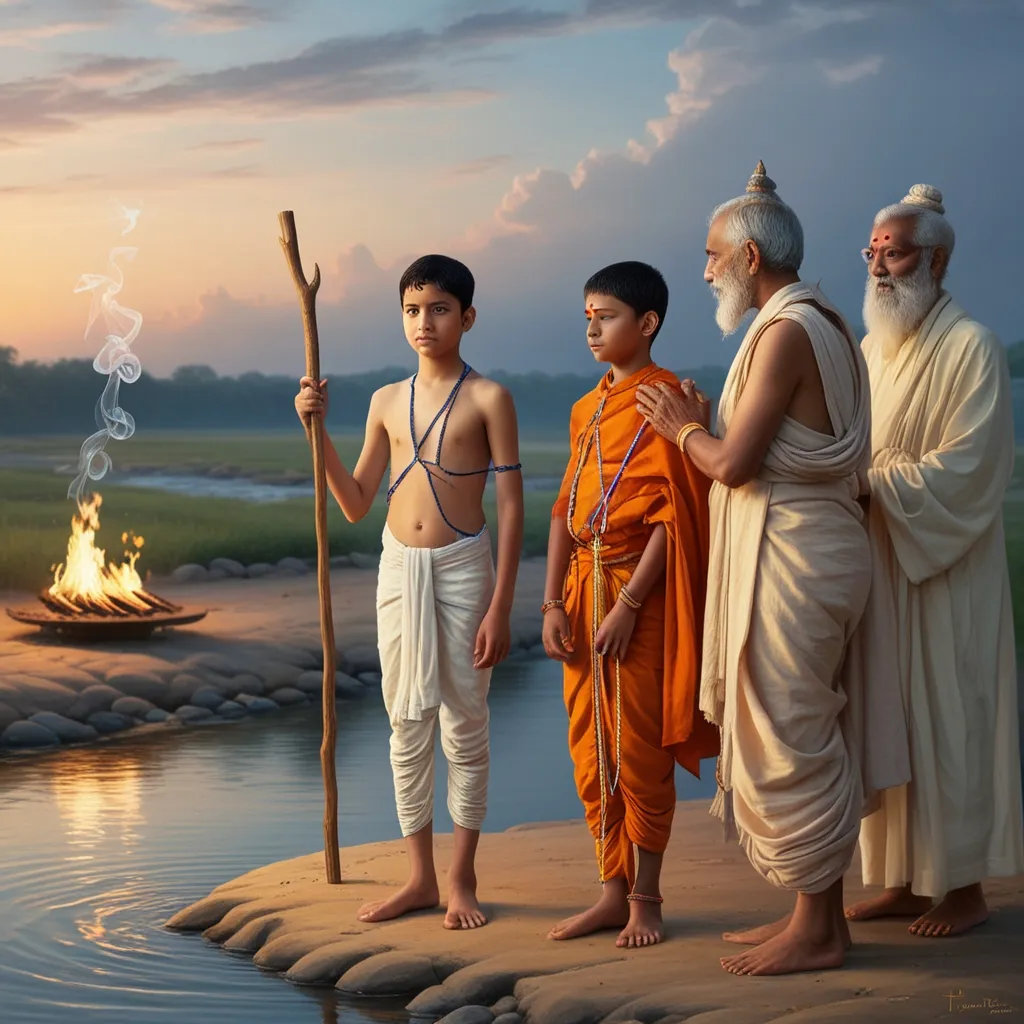The Vedas are these super ancient religious texts that pretty much laid the groundwork for Hinduism. They’re considered the oldest layer of Sanskrit literature and are packed with tons of timeless wisdom. But, here’s the million-dollar question: who actually wrote the Vedas? This mystery has kept scholars and devotees scratching their heads for centuries.
In the world of Hinduism, the Vedas aren’t thought to be the work of any single human. Instead, they’re regarded as apauruṣeyā, which is a fancy way of saying they’re “not of a man, superhuman,” and “impersonal, authorless.” According to tradition, these texts were revealed to ancient sages after some deep, intense meditation. These sages, known as Rishis, are believed to have skillfully crafted the Vedic hymns, similar to how a carpenter builds a chariot.
Now, some credit the creation of the Vedas to Brahma, the creator god in Hindu mythology. But the actual process of how the Vedas came to be is a bit more intricate. The oldest part of the Rig Veda, one of the four main Vedas, was orally composed in north-western India around 1500 to 1200 BCE. The other sections of the Rig Veda and the remaining Samhitas were composed between 1200 and 900 BCE, moving more eastward into the heart of ancient India.
Interestingly, the Vedas weren’t written down until much, much later. For generations, they were passed along orally, with a massive emphasis on precise pronunciation. This oral tradition was key because the Vedas were deemed authoritative only in their pristine, original form. Students memorized these texts and passed them down from master to student, keeping them preserved over centuries.
The compilation of the Vedas is often attributed to Veda Vyasa, a sage from ages ago. Vyasa is known for organizing the four kinds of mantras into four Samhitas, or collections. This organization was essential for the systematic preservation of the Vedas, which were previously scattered and handed down through various schools known as shakhas.
But the Vedas aren’t merely religious texts. They’re a treasure trove of poems and hymns that laud a wide pantheon of gods and dive into the core questions of existence. They house sacred formulas called mantras, which were chanted during rituals. The Vedas are split into four main categories: the Rig Veda, Sama Veda, Yajur Veda, and Atharva Veda. Each has its distinct character and purpose.
The Rig Veda is the oldest and most revered. It contains 1,028 hymns and 10,600 verses, dealing with religious observance and probing fundamental questions about the universe. Sama Veda and Yajur Veda follow suit, with Sama Veda focusing on melodic recitations and Yajur Veda on sacrificial rituals. The Atharva Veda is the youngest, featuring magic spells and incantations.
The Vedas aren’t just texts; they represent a way of life. They’re considered Shruti, meaning “what is heard,” as opposed to Smritis, which are “what is remembered.” This distinction highlights the belief that the Vedas are timeless truths, not creations of humanity. They’re thought to encompass the core knowledge of existence and the universe, making them a pivotal part of Hindu philosophy.
To wrap it up, the Vedas are ancient texts that are seen as divine revelations, not human works. Crafted by ancient sages and compiled by Veda Vyasa, their oral tradition and focus on accurate pronunciation have kept them alive for millennia. Today, they remain a profound source of wisdom and inspiration for millions around the globe.
